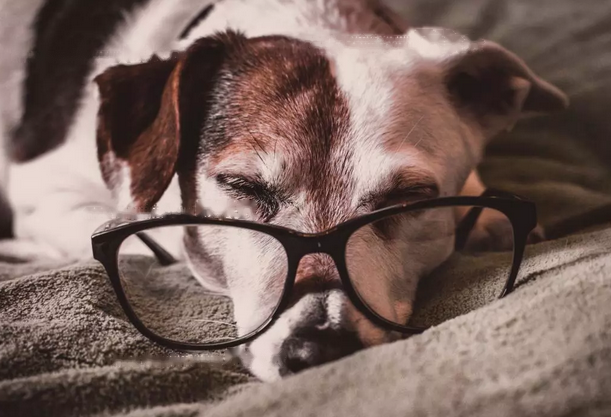Like humans, dogs have periods of old age, and aging comes with them. Aging is irreversible in the cellular and biochemical structures that determine the structure and function of muscles, nerves, and other tissues. When the cellular structure and biochemical structure begin to age, the dog begins to enter the third stage of its life: old age.

In general, small dogs have a longer life expectancy than larger dogs. Small dogs enter old age at around 10 years old, large dogs enter old age at around 8 years old, and giant dogs enter old age at around 6 years old. The super-elderly period generally only exists in toy dogs or small dogs, and is over 11 years old, large dogs over 9 years old, and giant dogs over 7 years old.
Changes in older dogs
Appearance, the dog's coat will become gray and the skin condition will deteriorate; sluggishness and lethargy; , loss of smell, tooth loss, weight loss.
In addition to changes in dog performance, aging dogs also experienced some changes in energy needs and intake. After entering old age, the energy intake of the dog will decrease, but the need for essential nutrients will increase in the aging dog.
So, what are the special nutritional needs of senior dogs?
Nutritional needs of senior dogs
All kinds of essential amino acids, vitamins and minerals, Older dogs need more. Older dogs also need to consume 20% more protein and 20% more fat than adults due to reduced caloric absorption.
In addition, you need to pay special attention to the shovel officers: aging dogs will have obstacles to the absorption of vitamin B, but the demand for vitamin B family, copper and zinc is more than twice that of adult dogs. Therefore, older dogs need foods that contain more B vitamins, copper and zinc.
Therefore, the diet of aging dogs must contain low energy density, high nutrient foods to meet their nutritional needs.
![[Dog Training 5] The training method of pet dog dining etiquette](/static/img/12192/12192_1.jpg)




